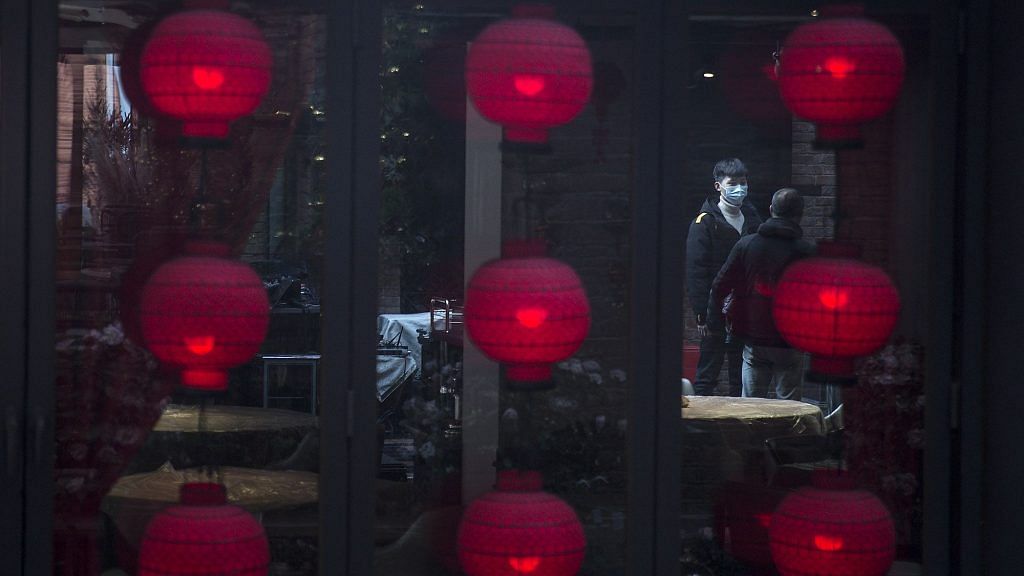Here’s one more issue to add to the bonfire of tensions with China brought on by the coronavirus pandemic. The country is reportedly reopening its wet markets, the fresh produce stalls associated with Covid-19’s early spread in Wuhan.
It’s understandable that countries now in the grip of the first wave of infection might be outraged. Many blame wet markets for starting the outbreak in the first place. Opening them again, at a moment when thousands are dying overseas, seems emblematic of Beijing’s increasingly chauvinistic approach to world affairs.
Animals in wet markets are penned and slaughtered or sold live right next to stalls selling fruit and vegetables. Conditions, as my colleague Adam Minter has written, are often less than hygienic.
Places where a range of common and exotic animals mix together while bodily fluids flow freely may seem a fertile breeding ground for the virulent novel diseases that cross the species barrier to humans and occasionally become pandemics.
At the same time, let’s put the outrage on pause. Wet markets are increasingly losing ground to supermarkets in China. If they’re showing resilience as suppliers of fresh goods, it’s precisely because consumers regard them as a healthier and more sustainable alternative.
That perception isn’t inaccurate. The prevalence of food-borne microbial illness in developing East Asia suggests that far from being cesspits of disease, wet markets do a good job of providing households with clean, fresh produce. And while the origins of coronavirus remain obscure, they may have at least as much to do with more worldwide activities such as intensive farming as practices specific to Asia.
The attraction of wet markets isn’t so different from that of farmers’ markets in Western countries. In contrast to a supermarket model where multiple layers of retailers, wholesalers and logistics companies stand in between the consumer and the grower, wet markets offer a personal and direct connection between shopper, stallholder and farmer.
Consumers know the food is fresh because there’s generally little refrigeration, so everything must be sold on the day. If in doubt, they can ask the stallholder what’s in season and which produce is best at the moment. If they think one market looks unsanitary, they can choose to shop at another.
That helps explain how wet markets have managed to hold their own in spite of the growth of store-based retail in recent years. Supermarkets now account for about half of all grocery spending in China, up from about 36% in 1995, according to Euromonitor International. Add in convenience stores and the like and so-called modern grocery has about 68% of China’s retail wallet, giving wet markets less than a third.
Still, that store-based spending is overwhelmingly concentrated in packaged, rather than fresh produce. Foreign retailers that once hoped to dominate China’s staple goods sector such as Carrefour SA and Metro AG have struggled and sold out of local ventures — but wet markets are still going strong.
Also read: China’s love for wildlife meat to its authoritarianism — how coronavirus got out of hand
